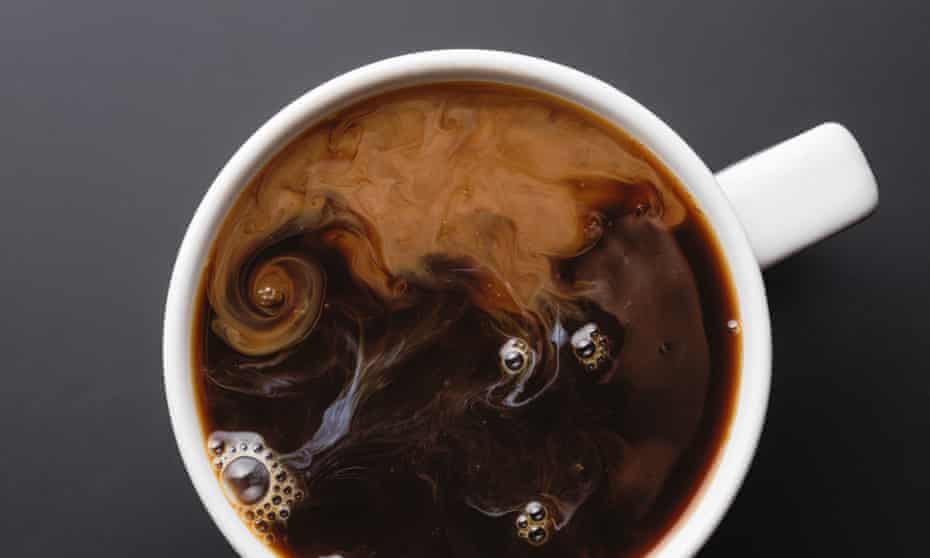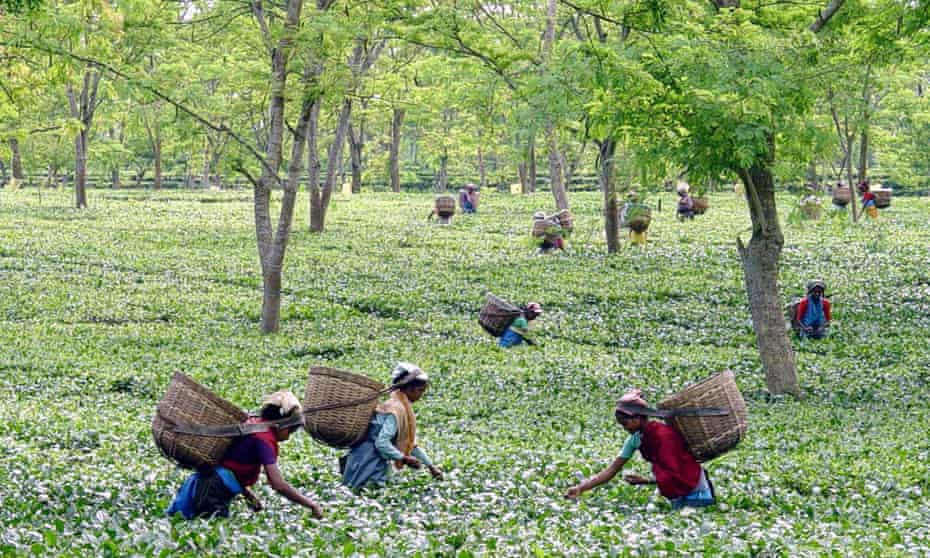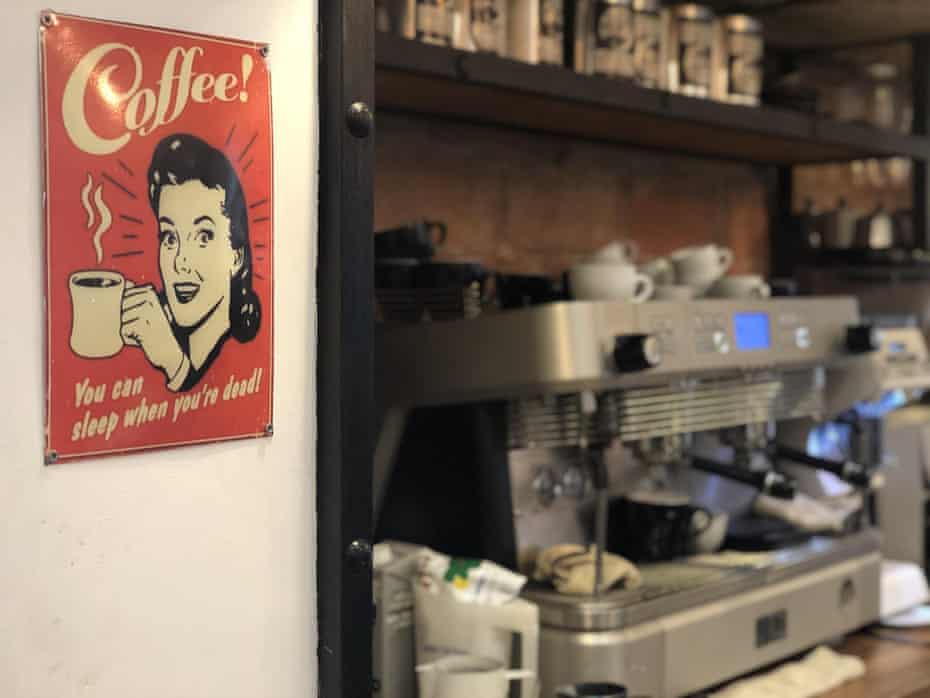
THE hill station Nathiagali was abuzz with unusual activity in early July 50 years ago. There was a visible military and police presence, notably on the road that led to Government House. It was widely rumoured, and reported, that the elegant colonial-era mansion was hosting a VVIP — none other than Richard Nixon’s national security adviser, supposedly recuperating from a digestive ailment acquired during his subcontinental sojourn.
So when a helicopter unusually hovered nearby, my pre-teen eyes followed its progress, possibly through a pair of binoculars. Government House was at least partially visible from a somewhat higher vantage point behind my family’s rented summer abode. And as the helicopter attempted a landing in the conifer-surrounded lawns, its propellers got entangled in the greenery and the flying machine crash-landed with an almighty thud.
I imagine I raced back home to convey the breaking news to my parents. Had the Pakistani military inadvertently killed Henry Kissinger?
No such luck. No one was harmed in the crash, and Kissinger wasn’t even there. Reports of his evacuation to Nathiagali were part of an elaborate charade. Hardly anyone in the government or among the US embassy staff was privy to what was actually going on.
The bloodshed of 1971 had US backing.
Kissinger by then was well on his way to Beijing, to spearhead a historic breakthrough in international relations. The US had been late to wake up to the growing hostility between China and the USSR in the post-Stalin era. Nixon recognised the breach as an opportunity.
Things have come full circle in the intervening half century: the US today sees China as its primary adversary. In 1971, though, there was a realpolitik logic in Washington’s response to Beijing’s overtures — and Pakistan’s military dictator, Yahya Khan, was delighted to serve as a personal emissary. There were alternative avenues open to the US, but it’s unlikely any other head of state would have been quite as eager to serve as a messenger boy.
The White House had few, if any, qualms about reciprocating with backing for Yahya’s gruesome military misadventure in East Bengal, despite the fact that it was increasingly being seen as an attempted genocide.
The US consulate in Dhaka was witness to the outrageous brutality, and many of the diplomats were eager to enlighten Washington, but their protestations fell on deaf ears in the State Department.
Geopolitics ruled supreme, and it stretched from India’s strengthening alliance with the Soviet Union — partly a reaction to America’s refusal to nudge Pakistan towards accepting the outcome of the 1970 elections — to Nixon’s personal antipathy towards Indira Gandhi, which was reflected, absurdly, in a broader hostility towards India and Indians.
The obsequious Kissinger went along with that, as Gary J. Bass meticulously illustrates in his 2013 book The Blood Telegram. The title is a reference to a key missive signed by Archie Blood, the US consul-general in Dhaka, that was among the first-hand information the State Department felt obliged to ignore.
The US ‘tilt towards Pakistan’ in the context of 1971 has long been common knowledge, but what the Bass book — relying to a considerable extent on the Nixon tapes ie White House recordings, the bulk of which remained secret for 20 years after a small, Watergate-related portion of them rendered the Nixon presidency untenable — reveals is a bend-over-backwards tendency that stretched to efforts to illegally supply weapons to Islamabad through Uncle Sam’s deviously devoted Middle Eastern proxies such as the king of Jordan and the Shah.
What’s more, Kissinger — in the wake of Operation Marco Polo on July 8-9, 1971, the surreptitious journey to Beijing that incorporated his fictitious trip to Nathiagali as a cover story — attempted to persuade China to mount a show of force on its Indian border as a distraction. Thankfully, Zhou Enlai and Mao Zedong did not take the bait, despite their thoroughly misguided backing for Yahya and, by extension, his military’s atrocities in East Pakistan.
It is perfectly likely that Operation Searchlight and its even bloodier aftermath would have been pursued even without the backing of Beijing and Washington. It is equally possible, though, that the carnage might have been curtailed much quicker without direct and indirect US and Chinese support for the Yahya regime’s vile democracy-thwarting enterprise.
At that stage of its diplomatic trajectory, China was absurdly keen to back anything the USSR opposed, and its empathy for military dictators is a tendency that both preceded and outlived Pakistan’s Yahya phase. For the US, the self-proclaimed beacon of Western democracy, to more or less follow suit might seem hypocritical, but in fact was pretty much par for the course across much of the world.
The blame for Bangladesh’s antenatal bloodbath rests squarely on Pakistan’s shoulders. But Yahya’s collaborators and enablers, both domestic and international, must not be ignored.
mahir.dawn@gmail.com
Published in Dawn, July 7th, 2021











